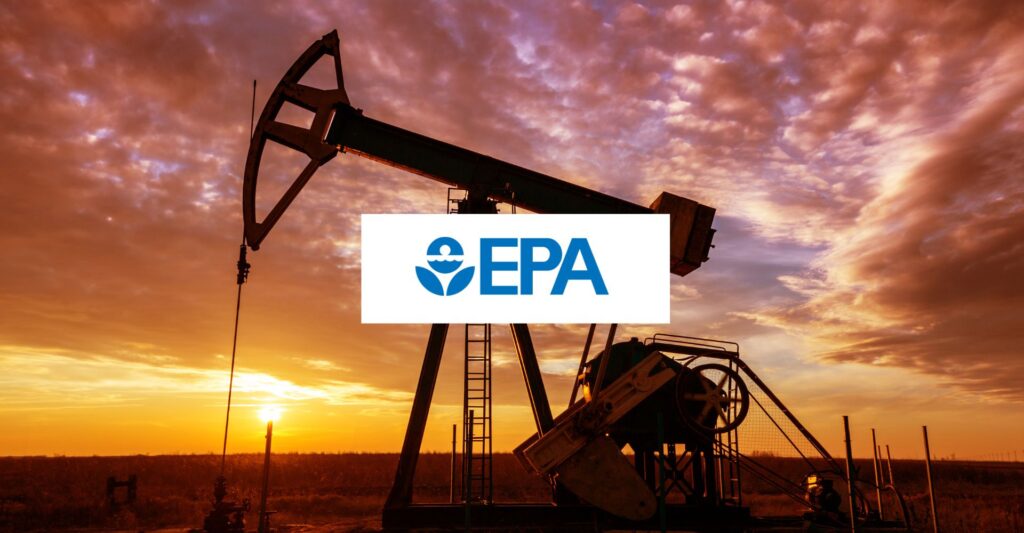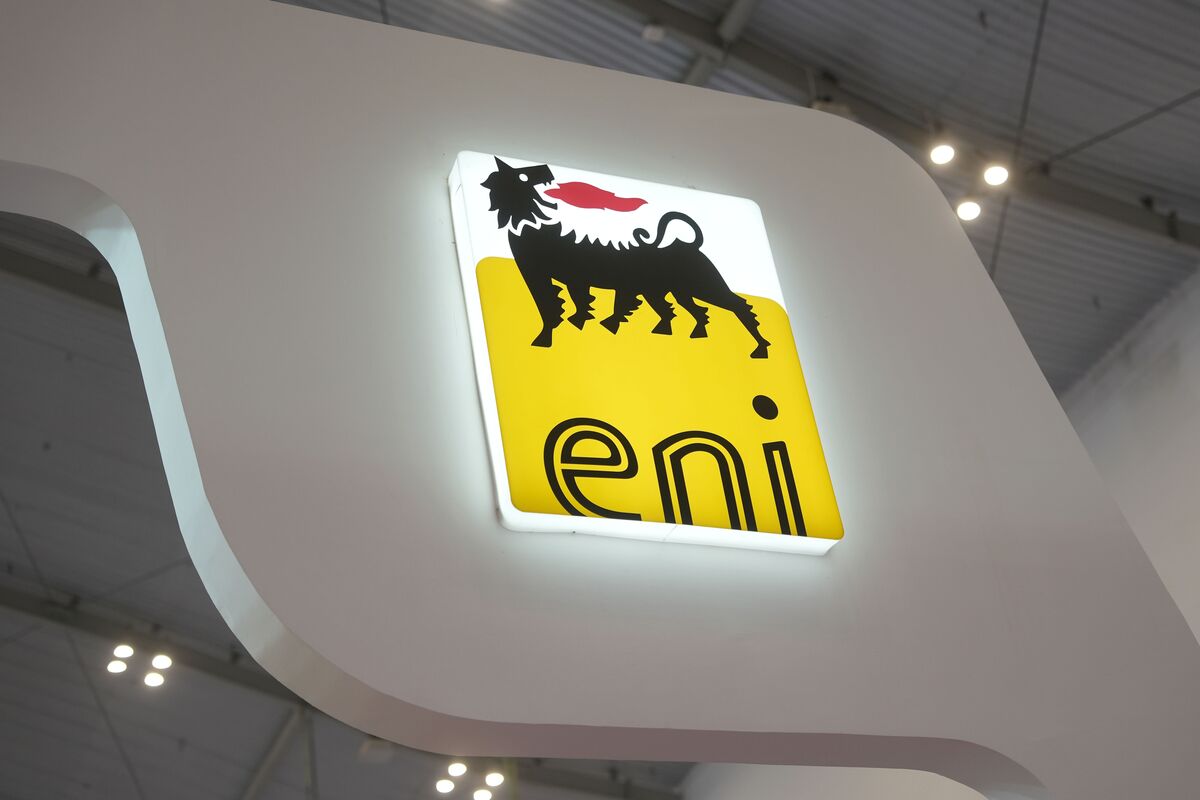EPA’s Proposed Rule Targets Methane Emissions in Oil and Gas Industry

|
Listen to this story:
|
Key Impact Points:
- The U.S. Environmental Protection Agency (EPA) has proposed a new rule to address methane emissions from the oil and gas sector, following Congress’ directive in the Inflation Reduction Act. This rule introduces a Waste Emissions Charge for large emitters exceeding set emissions intensity levels.
- The Waste Emissions Charge, starting at $900 per metric ton in 2024 and increasing annually, aims to incentivize the adoption of technologies and best practices to reduce methane and other harmful air pollutants.
- This initiative is part of a broader strategy, including the final rule issued in December 2023 to reduce emissions from new and existing oil and gasoperations, and a three-part framework under the Methane Emissions Reduction Program. This program includes over $1 billion in financial and technical assistance, improved methane emissions reporting, and the proposed Waste Emissions Charge.
- Facilities compliant with the Clean Air Act standards for oil and gas operations will be exempt from the charge, encouraging the industry to adopt best practices and technologies for methane reduction. This combined approach aims to drive innovation and achieve significant economic and environmental benefits.
The U.S. Environmental Protection Agency (EPA) announced a proposed rule to tackle wasteful methane emissions from the oil and gas sector, delivering on Congress’ directive in the Inflation Reduction Act to incentivize adoption of industry best practices that reduce pollution. The proposed rule will assess a charge on certain large emitters of waste methane from the oil and gas sector that exceed emissions intensity levels set by Congress. Working in tandem with unprecedented funding secured by President Biden under the Inflation Reduction Act and recently finalized technology standards for the industry issued in December 2023, the proposed Waste Emissions Charge encourages the early deployment of available technologies and best practices to reduce methane emissions and other harmful air pollutants before the new standards take effect.
“Under President Biden’s leadership, EPA is delivering on a comprehensive strategy to reduce wasteful methane emissions that endanger communities and fuel the climate crisis,” said EPA Administrator Michael S. Regan. “Today’s proposal, when finalized, will support a complementary set of technology standards and historic resources from the Inflation Reduction Act, to incentivize industry innovation and prompt action. We are laser-focused on working collectively with companies, states, and communities to ensure that America leads in deploying technologies and innovations that aid in the development of a clean energy economy.”
“I’m pleased to see the Biden Administration move forward with this critical program to slow climate change and protect our one and only planet,” said Senator Carper, Chairman of the Senate Environment and Public Works Committee. “We know methane is over 80 times more potent than carbon dioxide at trapping heat in our atmosphere in the short term. Thankfully, the Methane Emissions Reduction Program – which Congress adopted as part of the Inflation Reduction Act – will incentivize producers to cut wasteful and excessive methane emissions during oil and gas production.”
“For too long it has been cheaper for oil and gas operators to waste methane rather than make the necessary upgrades to prevent leaks and flaring. Wasted methane never makes its way to consumers, but they are nevertheless stuck with the bill,” said Rep. Frank Pallone, Jr., Ranking Member of the House Energy and Commerce Committee. “The Methane Emissions Reduction Program and the proposed Waste Emissions Charge will ensure consumers no longer pay for wasted energy or the harm its emissions can cause. I commend EPA for taking the next step to hold the largest polluters accountable and protect American families from dangerous methane pollution.”
“EPA’s proposal for a fee on oil and gas methane pollution implements the clean air protections for Americans that were part of the Inflation Reduction Act,” said Fred Krupp, President of the Environmental Defense Fund. “It’s common sense to hold oil and gas companies accountable for this pollution. Proven solutions to cut oil and gas methane and to avoid the fee are being used by leading companies in states across the country.”
Methane is a climate “super pollutant” that is more potent than carbon dioxide and responsible for approximately one third of the warming from greenhouse gases occurring today. The oil and natural gas sector is the largest industrial source of methane emissions in the United States. Quick reduction of these methane emissions is one of the most important and cost-effective actions the United States can take in the short term to slow the rate of rapidly rising global temperatures.
EPA issued a final rule in December 2023 to sharply reduce methane emissions and other harmful air pollution from new and existing oil and gas operations. In addition, EPA is working to implement the three-part framework of the Inflation Reduction Act’s Methane Emissions Reduction Program.
First, EPA is partnering with the U.S. Department of Energy (DOE) to utilize resources provided by Congress in the Inflation Reduction Act to provide over $1 billion dollars in financial and technical assistance to accelerate the transition to no- and low- emitting oil and gas technologies, including funds for activities associated with low-producing conventional wells, support for methane monitoring, and funding to help reduce methane emissions from oil and gas operations.
Second, EPA is working with industry and other stakeholders to improve the Greenhouse Gas Reporting Program and increase the accuracy of reported methane emissions.
Third, with today’s proposal, EPA seeks to encourage facilities with high methane emissions to meet or exceed the levels of performance set by Congress – performance that is already being achieved by leading oil and gas companies. The Inflation Reduction Act established a Waste Emissions Charge for methane from certain oil and gas facilities that report emissions of more than 25,000 metric tons of carbon dioxide equivalent per year to the Greenhouse Gas Reporting Program. As directed by Congress, the Waste Emissions Charge starts at $900 per metric ton of wasteful emissions in 2024, increasing to $1,200 for 2025, and $1,500 for 2026 and beyond, and only applies to emissions that exceed the statutorily specified levels.
EPA’s proposed rule addresses details regarding how the charge will be implemented, including the calculation of the charge and how exemptions from the charge will be applied. Facilities in compliance with the recently finalized Clean Air Act standards for oil and gas operations would be exempt from the charge after certain criteria set by Congress are met. The agency expects that over time, fewer facilities will face the charge as they reduce their emissions and become eligible for this regulatory compliance exemption.
Related Article: U.S. EPA Commits $330M to Reduce Air Emissions from Wastewater Treatment Plants
In the meantime, the Waste Emissions Charge will help encourage the oil and gas industry to stay on target to lower emissions. Oil and natural gas operations with methane emissions in excess of the emissions intensity levels established in the Inflation Reduction Act can reduce or eliminate any charge by deploying readily available technologies to reduce harmful and wasteful emissions. This program will help to level the playing field for industry leaders already employing best practices and drive near-term opportunities for more widespread methane reductions while EPA and states work toward full implementation of the Clean Air Act standards.
Together, EPA’s Clean Air Act rule and the three Inflation Reduction Act provisions will advance the adoption of clean, cost-effective technologies, reduce wasteful practices, and yield significant economic and environmental benefits, while driving continued innovation in methane detection, monitoring, and mitigation techniques.










